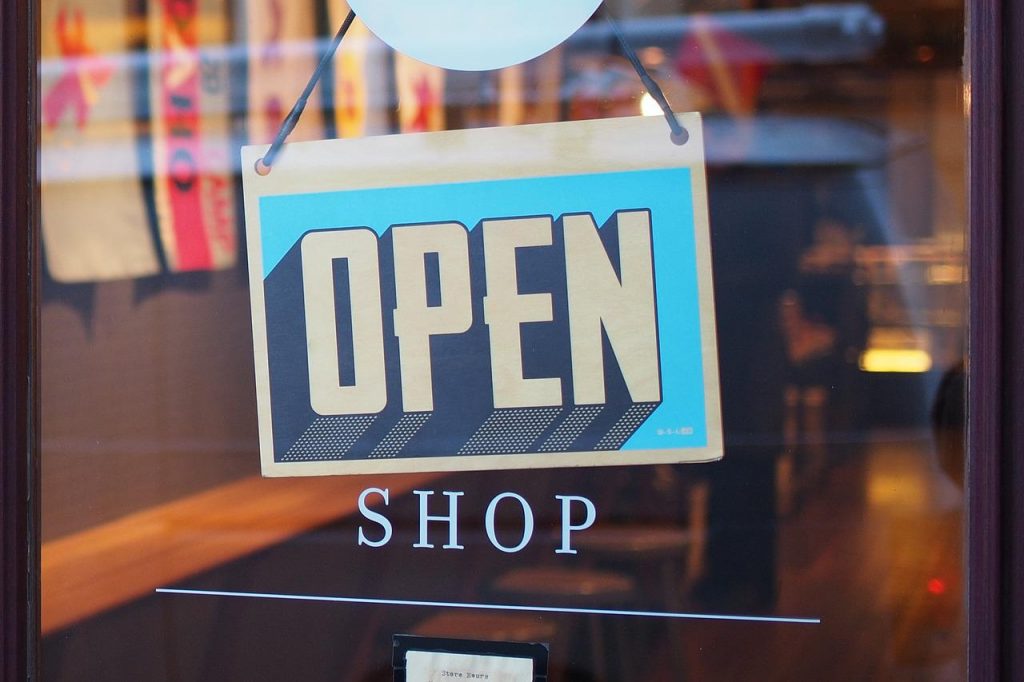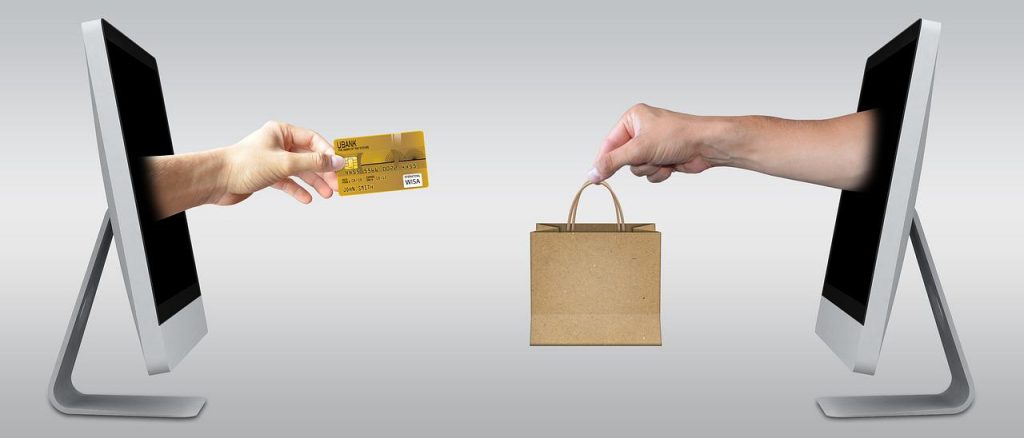Opening up a store is a grueling process, one that requires tons of patience and extensive planning. As of now, consumer shopping can be subdivided into two major camps — online shopping vs in store shopping.
So if you, as an entrepreneur, intend to grace the world with a new store, you may be interested in learning about both these models and picking the right one as a starting point.
Learning from businesses that combine both models well, can set you on the right path. And here’s hoping this neat little article will help you figure out the basics.
At the moment, in order to ignite the shopping online vs in store debate, the latter only generates 1/10th of all retail sales, while the rest of those (90%) take place in physical stores, as evident from a Business Insider article. Those are quite odd shopping online vs in store statistics, any reason as to why?
Point of entry
First on the online shopping vs in store shopping agenda, starting costs. The setup costs of an online business are far smaller when compared to a physical outlet.
Electricity, storage, plumbing and rent can be inordinately high. (Calculate business rental rates here.)
Of course, online businesses are not without their fair share of expenses — warehousing and shipping are bound to be financially draining. But while rent and personnel is something a retailer store can’t do without, online businesses have little need for those.
Consequently, for online businesses, a lower point of entry makes it a very competitive environment. It is highly likely that the products you’re selling are well-represented by other more established websites, so turning in a profit at early stages, without considerable marketing investments, is improbable.
While brick and mortar shops do require a bigger initial investment, a marketing budget is not necessary, since trade can be done locally. As such, physical shops will begin bringing profits and foot traffic as soon as they open their doors to the general public. (That is assuming the location was picked with foot traffic in mind.) If your retail inventory is not unique, a retail store will make it easier to sell.
Scope
Online stores are not tied to a physical spot and can extend their reach far beyond the domestic borders. Since massive cataloguing is not an issue for online stores, they are not bound by any physical constraints and can have a bigger selection of products. (It should be noted that some product categories have trouble selling online. )
Another point that deserves to be mentioned is the round-the-clock nature of online businesses. They are available 24/7 and can accommodate even the most insomniac of buyers. Those who are known for midnight purchase sprees will binge purchase online.
Internet changes the online shopping vs in store shopping dynamic considerably. Internet lets you sell to the world and there’s no limit to the number of people it’s possible to sell to, but in practice it rarely helps when starting out.
Customer relationships
No online vs in store shopping discussion would be complete without a mention of customer relationships.
It can be argued that online stores are more convenient since they let everyone browse as they see fit, but having less direct sale pressure will not result in sales. Additional objections may include:
. The inability to see and examine physical goods before a purchase.
– Certainty that the business is legit.
– No guarantees that client payment data is handled with care and there will be no additional charges.
– No guarantees that the refund policy will be maintained in case of a return.
Unlike their digital counterpart, brick and mortar stores provide a customer experience which many are accustomed to. A half of retailers (roughly 54%) name customer experience as their main focus. And it makes sense from business point of view. Letting a customers get familiar with the product first-hand eases them into a purchasing mindset. Hence, a customer is more likely to convert at a physical store.
Bottom line, brick and mortar stores deliver a personalized experience to each customer and it becomes easier to build one-on-one relationships with them.
Funding and resale value
Another in store vs online shopping sticking point. It’ll be easier to get a bank loan for a business with real assets and tangible goals. A digital entrepreneur may need to do some additional persuasion in order to get funding.
And an online business is harder to sell. It’ll be more difficult to find a buyer and explain just how much money the business can potentially bring in. Physical stores don’t have this problem and if the foot traffic is high enough, the place is likely to attract a major buyer soon enough.
To summarize, in the current shopping in store vs online debate, modern businesses don’t have to rely on just one model. They are comfortable executing their vision by using a mixture of both methods. And in due time, many brick and mortar businesses tend to make the switch online or vice versa. If there’s one thing that’s common, both these methods can work given the funding and effort. Hope this article acted as a primer and provoked further research.
It is possible to combine both models and use them seamlessly in order to generate more sales, and this possibility is not exclusive to e-commerce giants such as Walmart. Almost any website can find its place in the grand scheme of things.
Even in the oversaturated food industry, it’s possible to find new and exciting ways to promote growth: McDonald Paper and Boxed are here to serve as an example of that.
These websites are comfortable executing their vision by using a mixture of both methods. And in due time, many brick and mortar businesses tend to make the switch online or vice versa. If there’s one thing that’s common, both these methods can work given the funding and effort. Hope this article acted as a primer and provoked further research.


